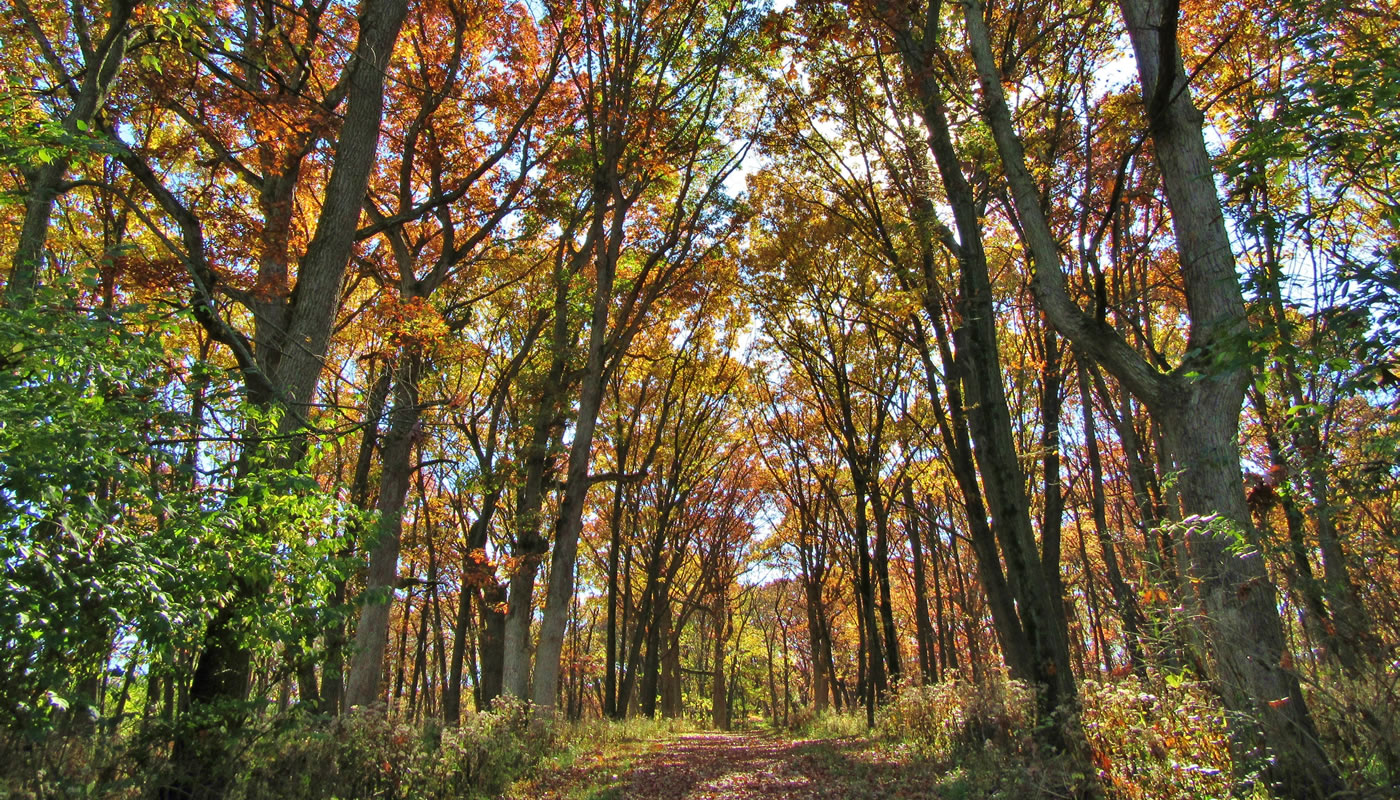With more than 300 miles of marked trails within the Forest Preserves of Cook County, visitors can enjoy traversing through a variety of native habitats, spotting birds and butterflies, and viewing beautifully restored landscapes. To get the most out of your hiking adventure in the forest preserves, here are some tips that can also be applied to any trail user.
- Know before you go. Using our interactive web map, you can find a trail nearby to plan a hike. The interactive map shows trail information like the trail type, distances, where to park, and what amenities are nearby. The more you know about your route before you go, the better time you’ll have.
- Pack for success. No matter where you plan on hiking, you should always pack the same essentials to ensure a safe hike, including a map, compass or GPS unit, extra food and water, sunscreen, insect repellant, and safety items such as a flashlight, whistle, and a first aid kit.
- Know what to wear. The Chicagoland area is known for its unpredictable weather. Always pack some rain gear and dress in layers; this allows you to add or remove clothing to ensure comfort. Footwear is also a big factor in the success of a hike. For shorter hikes on paved surfaces, a running shoe or cross-trainer will do just fine. For longer hikes or hikes on uneven, unpaved terrain, a hiking boot is preferred. Also consider minor items like hats and sunglasses.
- Observe proper trail etiquette. For hikers, it is important to be present in the moment and be on the lookout for faster traffic attempting to pass you. For this reason we ask trail users to refrain from using headphones or keep the volume low. If traveling in a group, remember to stay in a single file line or take up no more than half the trail. Also remember who yields to whom: cyclists yield to foot traffic and both cyclists and foot traffic yield to horses. Finally, remember to treat the trail and others using the trail with respect. Don’t widen trails by going around muddy spots, and if you can see your boot print, it’s probably too wet to be using that trail.
- Pack it in, Pack it out. Leave no trace by packing a trash bag with you and keep all litter you accumulate until you reach a trash can. This also applies to pet waste. Other ways to leave no trace include leaving plants, rocks, and other items as you find them so others can enjoy them, too. Don’t carve or hack into living plants, and observe wildlife from a distance.
Article by Stephen DeFalco, program coordinator.

